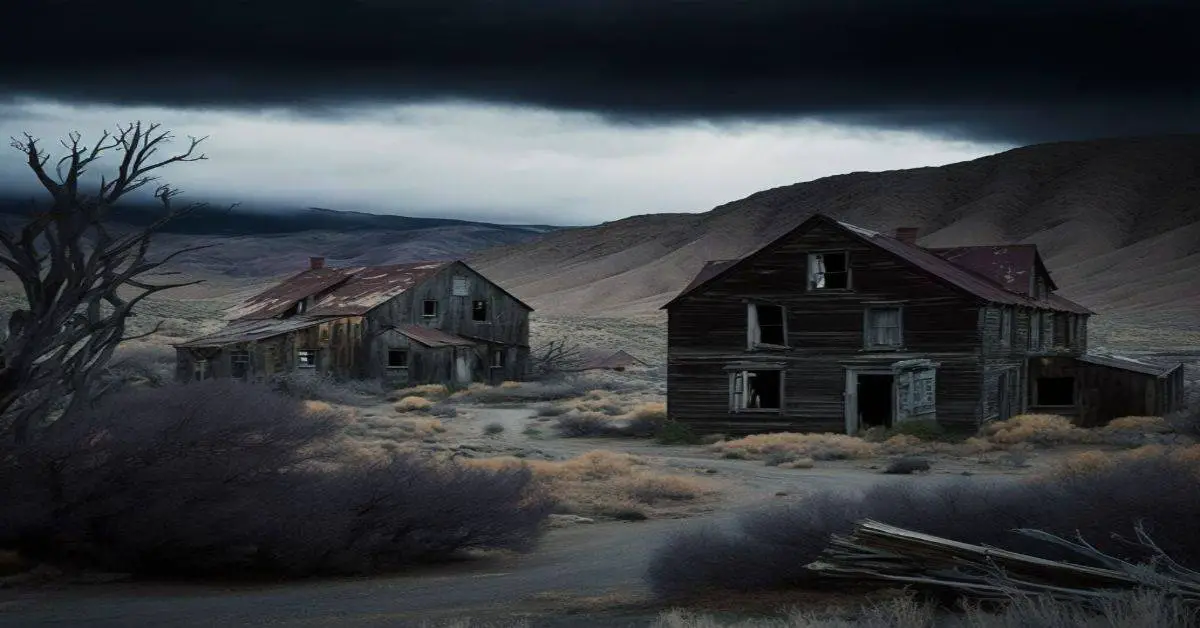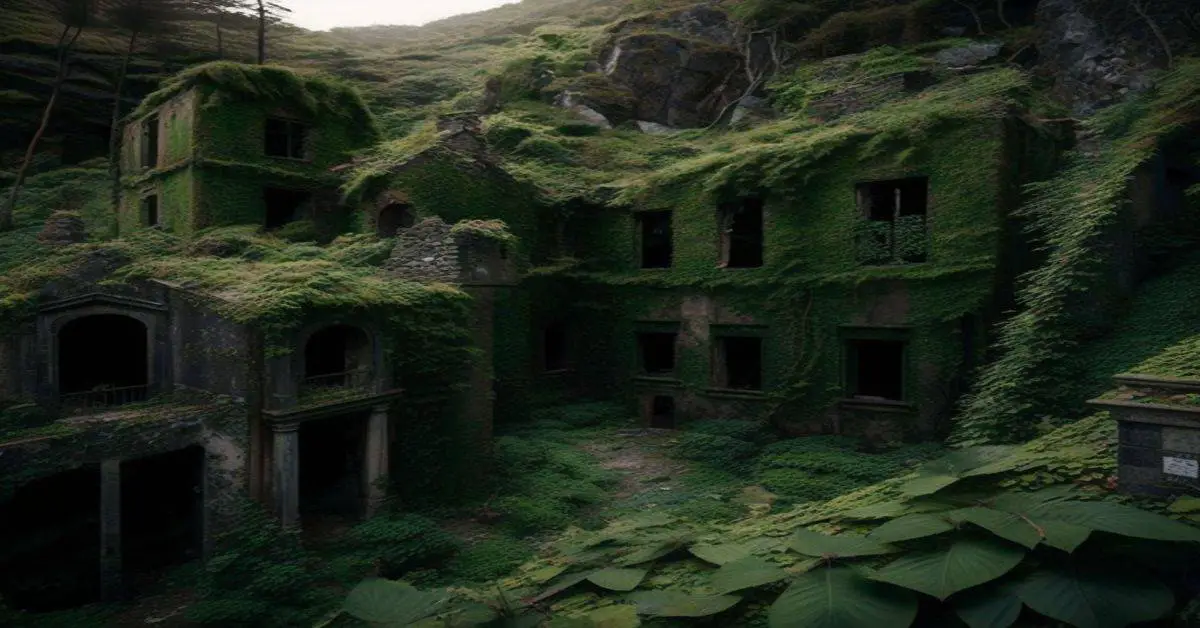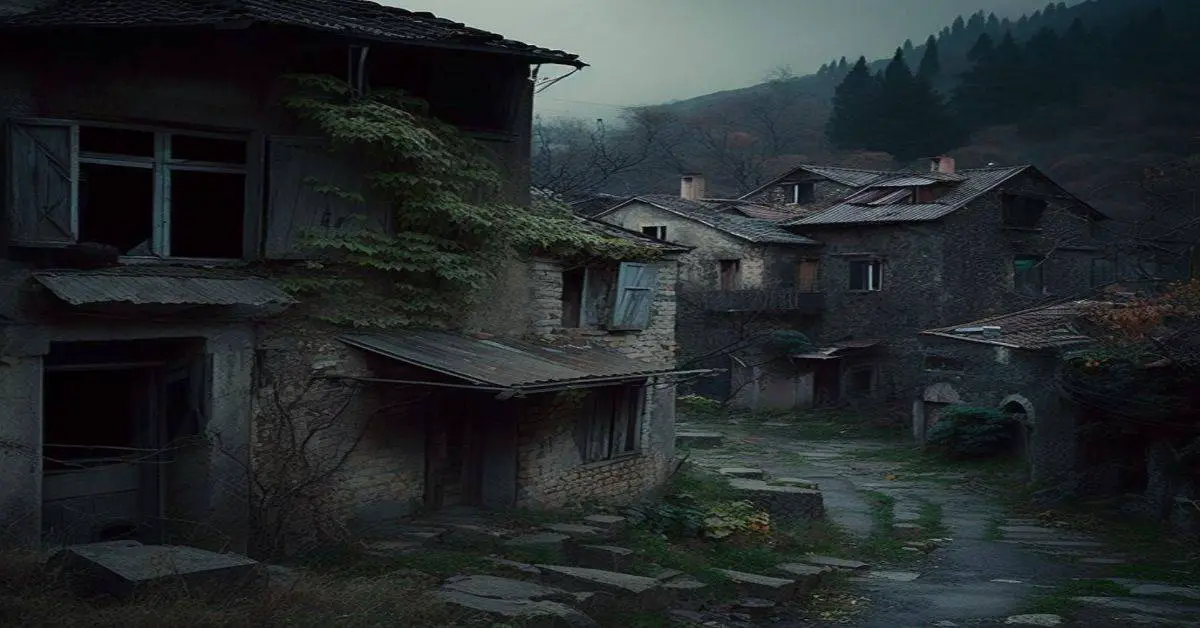Deep in the heart of Nevada lies a town frozen in time, a relic of the state’s mining past. This town, known as Gold Bar Ghost Town, was once a thriving hub of activity, bustling with the sounds of mining operations and the chatter of its residents. But today, it stands as a testament to the boom and bust cycle of the mining industry, a place where the ruins of the past are all that remain.
Despite its decline, Gold Bar Ghost Town remains a fascinating destination for those seeking to uncover the secrets of Nevada’s mining history. The town’s ruins offer a glimpse into a bygone era, a time when the search for gold and other precious minerals fueled the dreams of countless pioneers and adventurers.
In this article, we’ll explore the history and legacy of Gold Bar Ghost Town, delving into the mining operations that once made it a thriving community, the factors that led to its decline, and the ruins that still stand as a testament to its past.
Join us as we journey into the heart of Nevada’s mining history and discover the secrets that lie hidden beneath the rubble of Gold Bar Ghost Town.
Key Takeaways
- Gold Bar was a small camp that sprung up around the Bullfrog/Rhyolite townsites and survived due to its rich Homestake Mine and Homestake Mill.
- The town declined by 1908 due to the recession caused by the Panic of 1907 and the discovery that the original promotion of the mine was a fraud, and the ore was worthless.
- Today, the town site is nearly destroyed by modern strip mining, and there is little to see except scattered rubble and the mill’s foundation.
- Visitors can explore the impressive ruins of the Homestake Mill, which dominate untouched ground just to the north of modern operations, but should watch out for large mining machinery.
Location and Weather
Despite the hot summers and occasional snow in winter, visitors are recommended to explore the ruins of Gold Bar ghost town, which is now nearly destroyed by modern strip mining. Although the weather can be extreme at times, this ghost town’s unique history and ruins make it a worthwhile destination for those interested in Nevada’s mining past. That being said, visitors should take necessary safety precautions when exploring the area, particularly around the large mining machinery that can still be found on the site.
When it comes to the best time to visit Gold Bar ghost town, there is no specific season or time of day that is recommended over others. Visitors should simply plan their trip according to their own preferences and schedules. However, it is worth noting that during the summer months, temperatures can reach over 100°F, so it is advisable to bring plenty of water and sun protection. Additionally, visitors should be aware of the potential hazards of any remaining mining equipment or other ruins, and exercise caution when exploring the area.
History and Mining Operations
The Homestake mine, which was the mainstay of the Gold Bar camp, produced valuable ore that was sometimes worth as much as $150 a ton. The mine’s success attracted a large number of miners, and several mining camps sprang up in the Bullfrog Mining District in 1905.
The Homestake Mine’s success was short-lived, and by early 1908, the ore began to fade. Soon work on the mine stopped, and the mill closed. It was then discovered that the original promotion of the mine was a fraud, and the ore was worthless.
This discovery led to the decline of Gold Bar, and by 1908, the recession caused by the Panic of 1907 caught up with the mining operations, and they began to slow down and eventually stop.
Despite the mining fraud, the Homestake Mine played an essential role in the Gold Bar camp’s survival for a short while. The reduced transportation costs associated with the northbound Las Vegas Tonopah Railroad made the Homestake Mine’s operations more profitable.
Today, the ruins of the Homestake Mill dominate untouched ground just to the north of modern operations. The Homestake Mine’s legacy is an essential part of Gold Bar’s history, and visitors exploring the ghost town can still see the remnants of the once-thriving mining camp.
Decline and Current State
Currently, the town site of Gold Bar is mostly destroyed by modern strip mining, leaving little to see besides scattered rubble and the mill’s foundation. Active mining has slowed down since 2000, but a few trucks may still be moving about. Visitors should be cautious when exploring the area due to the presence of large machinery.
Despite the destruction caused by strip mining, there have been attempts to reclaim the land and restore the site to its former state. Reclamation efforts have focused on stabilizing the soil and planting vegetation to prevent erosion. However, the process is slow and may take several years to complete.
Despite the current state of the site, there are still future prospects for the Gold Bar ghost town. With ongoing efforts to reclaim the land and preserve its historical significance, it may one day become a popular destination for visitors interested in exploring the town’s rich mining history.
Frequently Asked Questions
What kind of wildlife can be seen in the area around Gold Bar ghost town?
Wildlife sightings around Gold Bar Ghost Town are scarce due to the area’s desert climate and strip mining activity. However, visitors may spot small mammals, reptiles, and birds near the ruins. Best viewing spots are along the outskirts of the town site.
Are there any hiking or camping opportunities near Gold Bar ghost town?
While Gold Bar Ghost Town may be worth a visit, there are no hiking trails or campgrounds in the immediate area. Visitors will need to venture further out to find suitable outdoor recreation opportunities.
Can visitors still find any remnants of the Homestake mine’s fraudulent promotion scheme?
There is little evidence available to suggest that visitors can find remnants of the Homestake Mine’s fraudulent promotion scheme at Gold Bar Ghost Town. However, the historical significance of the mine and the town’s mining history may warrant preservation or restoration efforts in the future.
What other industries, if any, have operated in the area since the decline of Gold Bar ghost town?
Like a barren wasteland, the area surrounding Gold Bar ghost town has seen little economic activity since the decline of mining operations. Abandoned industries litter the landscape, and modern attractions are scarce in the desolate region.
Is there any ongoing effort to preserve or restore the ruins of Gold Bar ghost town?
Efforts for the preservation and restoration of Gold Bar Ghost Town are not currently known. The town site has been largely destroyed by modern strip mining, leaving little to see today except for scattered rubble and the foundation of the mill.


